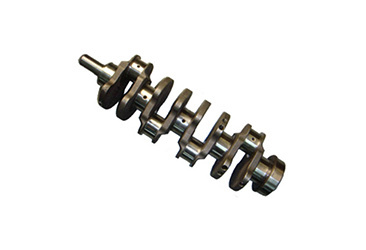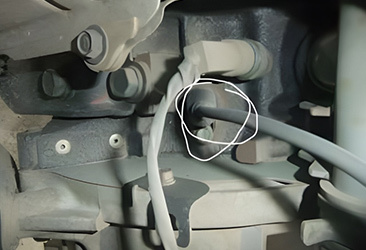Motorcycle engine heart - crankshaft
Release time:
2023-09-28
Motorcycles, as a daily means of transportation for modern people, have been familiar to us for a long time. In ancient times, people used horses as the power for vehicles, so ancient vehicles were called horse-drawn carriages.
Motorcycles, as a daily means of transportation for modern people, have been well known to us for a long time. In ancient times, people used horses as the power for vehicles, so ancient vehicles were called horse-drawn carriages; later, during the First Industrial Revolution, Watt invented the steam engine, and people used steam as the power for cars and trains; the emergence of cars and motorcycles has made travel no longer a problem for modern society. The power of cars and motorcycles comes from the engine, but not many people know about the heart of the engine—the crankshaft. Today, I will introduce you to what a crankshaft is and its components.
1. Definition of Crankshaft:
The crankshaft is the main rotating component of an engine. After being connected with connecting rods, it can convert the up-and-down (reciprocating) motion of the connecting rods into circular (rotational) motion. It is an important component in an engine with two key parts: main journal and connecting rod journal (among others). The main journal is mounted on the cylinder block, while the connecting rod journal connects to the big end hole of the connecting rod, and the small end hole connects to the piston in the cylinder. It is a typical crank-slider mechanism.
1. Definition of Crankshaft:
The crankshaft is the main rotating component of an engine. After being connected with connecting rods, it can convert the up-and-down (reciprocating) motion of the connecting rods into circular (rotational) motion. It is an important component in an engine with two key parts: main journal and connecting rod journal (among others). The main journal is mounted on the cylinder block, while the connecting rod journal connects to the big end hole of the connecting rod, and the small end hole connects to the piston in the cylinder. It is a typical crank-slider mechanism.
Latest News









